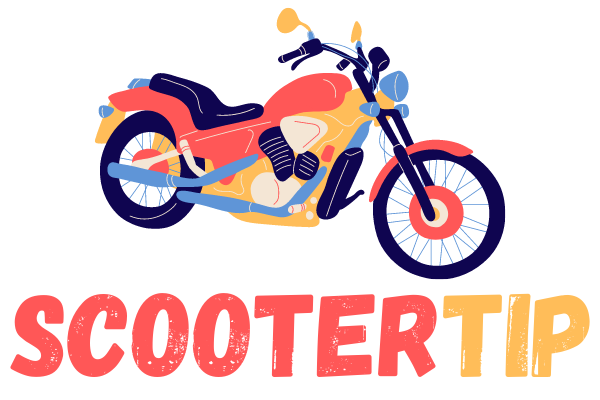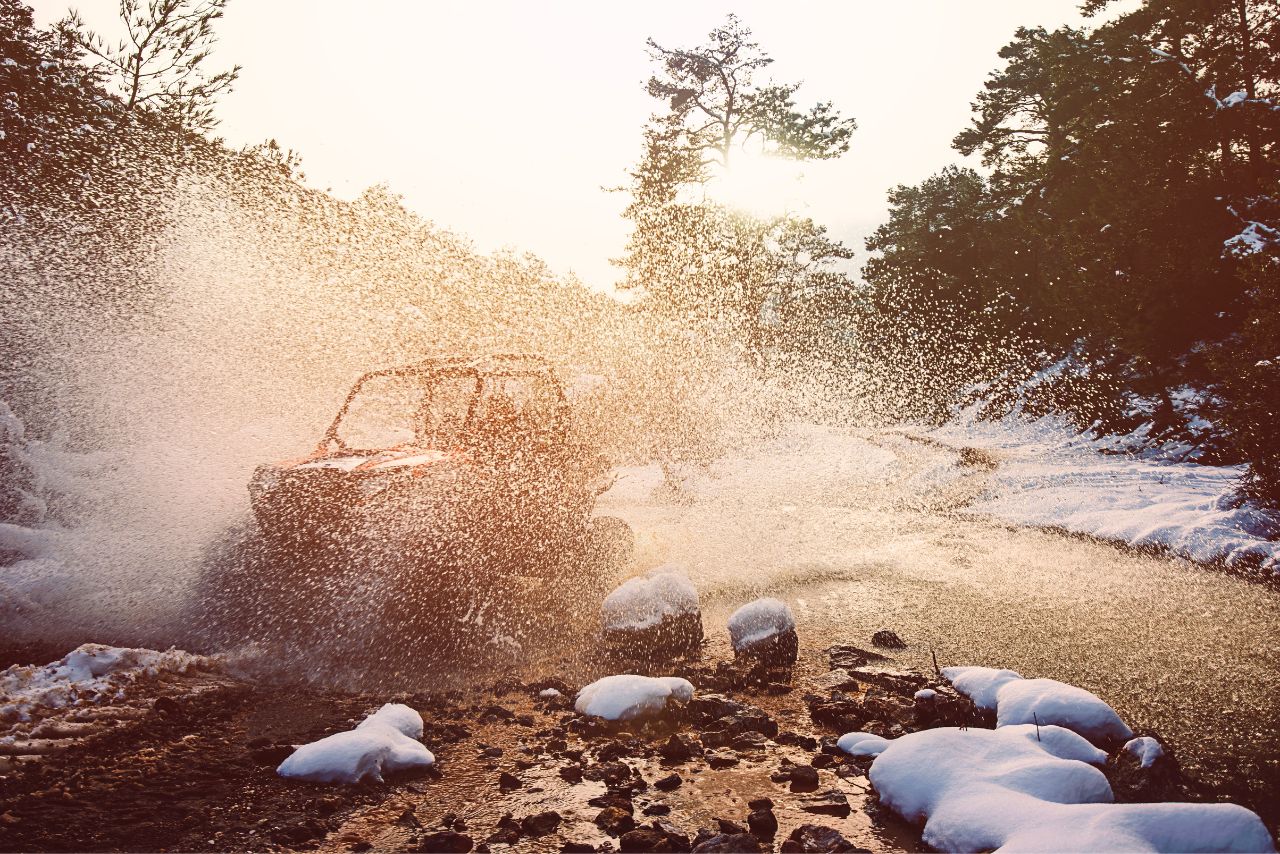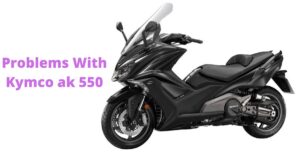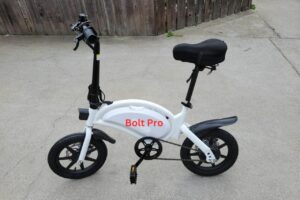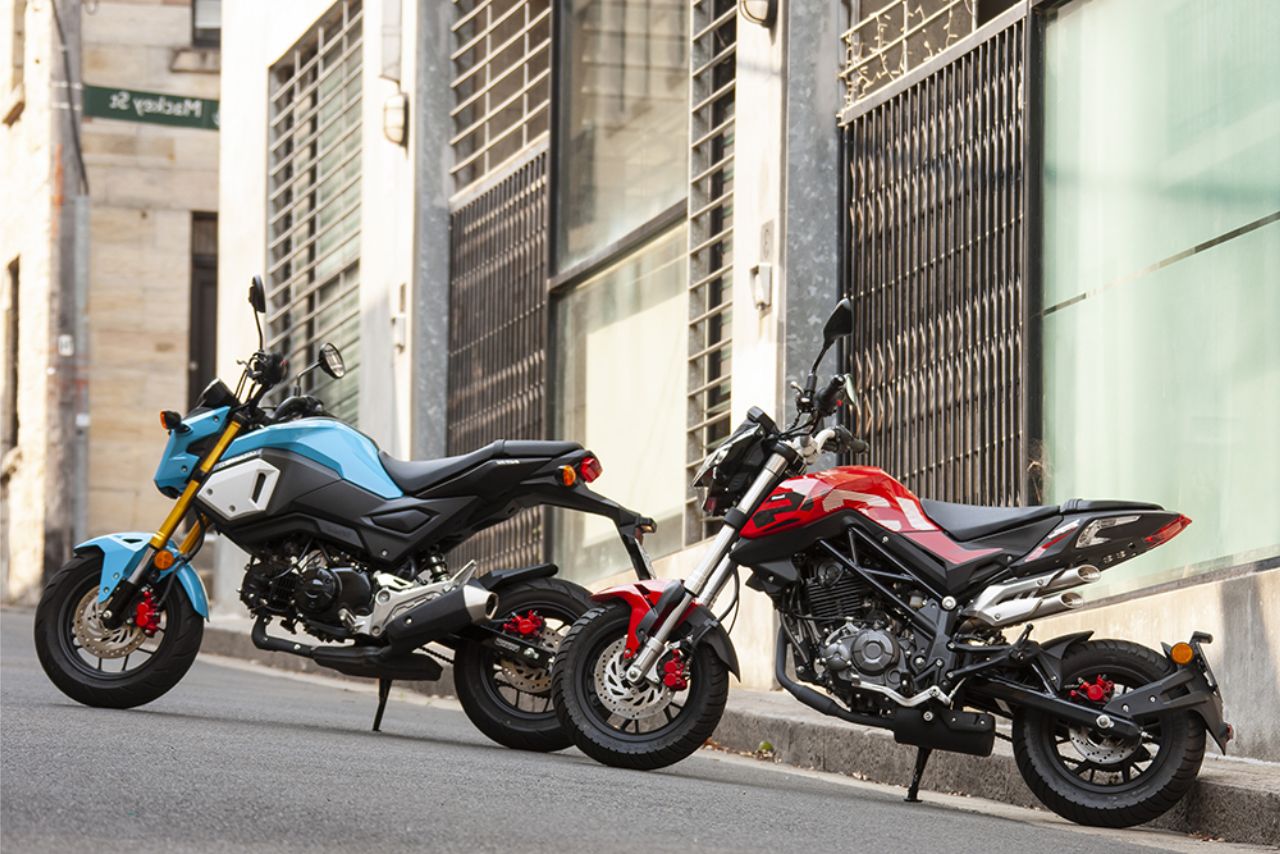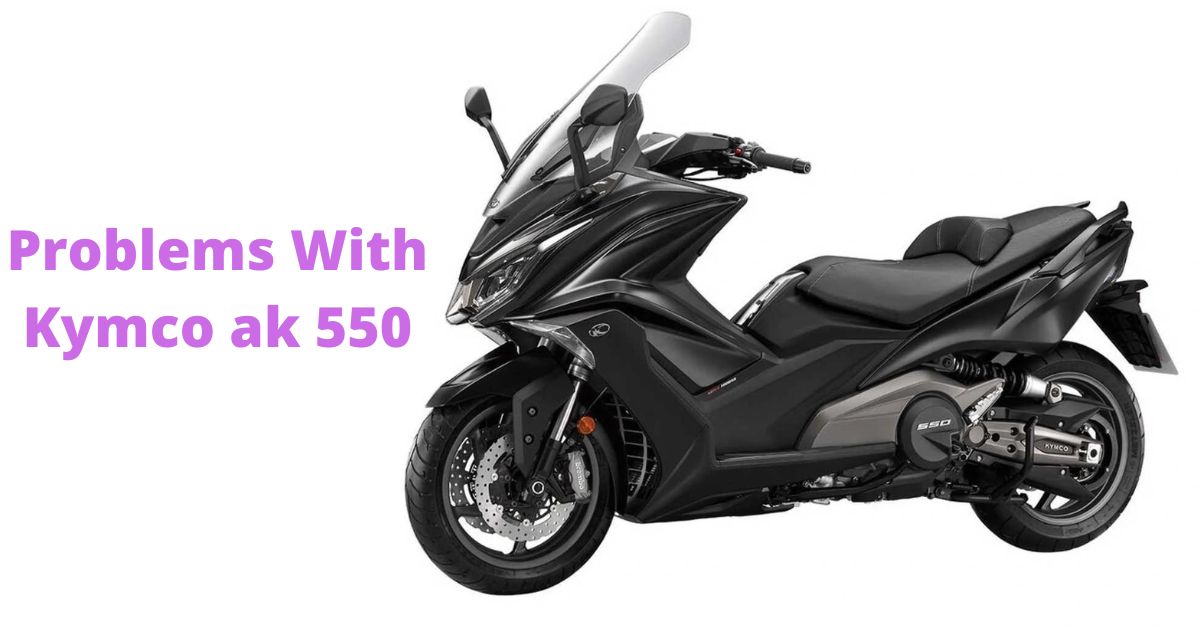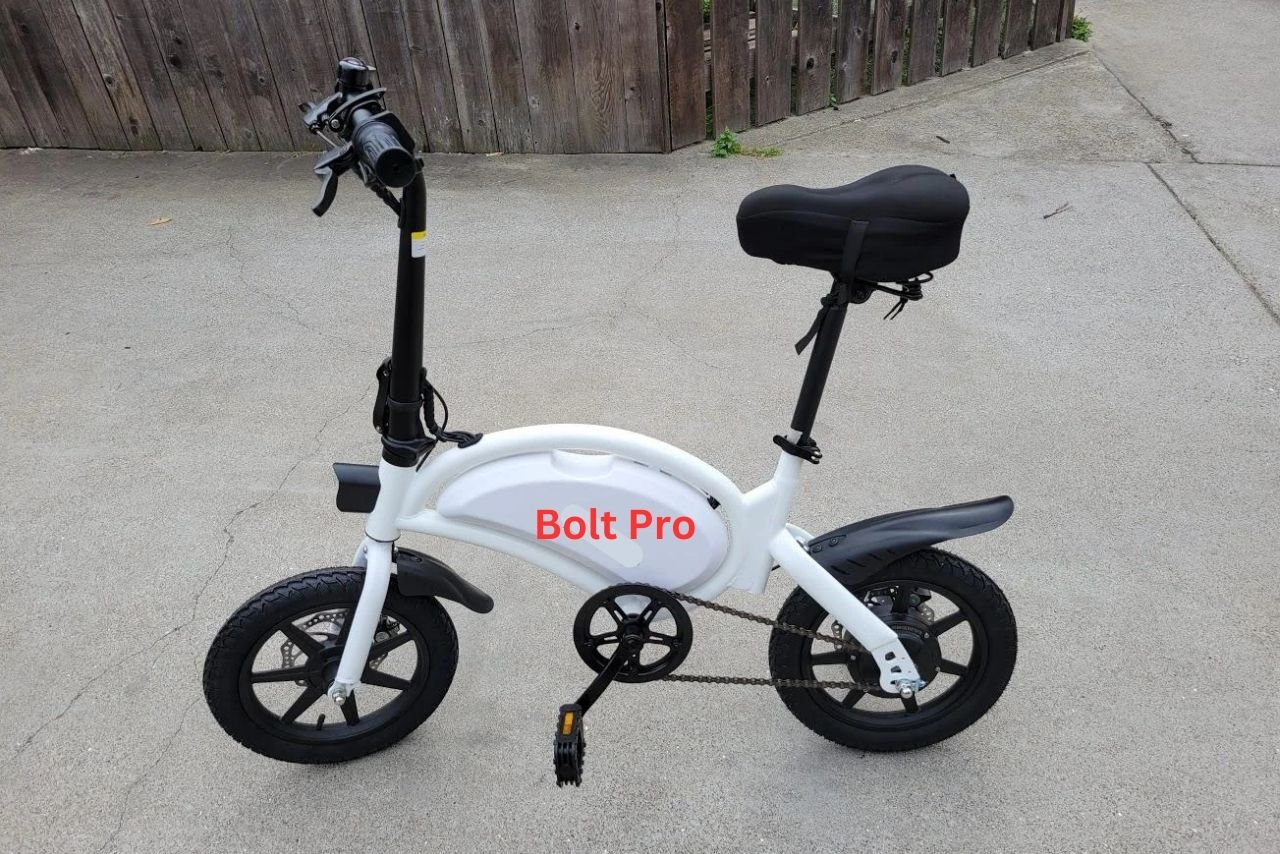If you’re looking to boost the speed of your Yamaha Viking, you’ve come to the right place! The question “how to make Yamaha Viking faster?” is a common concern among off-road enthusiasts.
Well, fret not because we have some tips and tricks up our sleeves that will help you unleash the full potential of your vehicle.
When it comes to enhancing the speed of your Yamaha Viking, there are several modifications and adjustments you can consider.
So, let’s dive into each method in detail and get ready for an exhilarating ride!
Table of contents
How to Make Yamaha Viking Faster?
From upgrading the exhaust system and installing a performance air filter to optimizing the fuel injection or carburetor settings, these simple yet effective steps can significantly improve acceleration and overall speed.
1. Upgrading the Engine:

To make your Yamaha Viking faster, upgrading the engine is one of the most effective ways. Here are some options to consider:
When upgrading your engine, it’s crucial to ensure compatibility between parts and follow proper installation procedures outlined in manufacturer instructions or consult with a qualified technician if needed.
2. Optimizing the Exhaust System:
When it comes to making your Yamaha Viking faster, optimizing the exhaust system can play a significant role. By improving the flow of exhaust gases, you can increase engine performance and achieve better overall speed.
Here are some ways to optimize your Yamaha Viking’s exhaust system:
Remember that modifying your Yamaha Viking’s exhaust system may void warranty coverage or be subject to local laws regarding noise levels or emissions compliance always check before making any changes.
3. Enhancing the Air Intake:
One effective way to make your Yamaha Viking faster is by enhancing its air intake system. By improving the airflow into the engine, you can achieve better combustion and increase horsepower.
Here are some methods to enhance the air intake:
| Method | Description |
|---|---|
| Replace Stock Air Filter | Upgrade from stock paper filter to high-performance aftermarket filter for improved airflow and filtration |
| Install Cold Air Intake | Replace factory box with larger one drawing cooler outside air; increases power and torque |
| Upgrade Throttle Body | Install larger throttle body to allow more airflow into the engine |
| Use Velocity Stack | Add velocity stack at intake manifold entrance for optimized airflow |
| Consider Ram-Air System | Utilize forward motion to force additional cool air directly into the intake tract |
| Optimize Exhaust System | Pair enhanced air intake with upgraded exhaust system for better overall engine breathing |
Enhancing your Yamaha Viking’s air intake can be an effective way to boost its speed and performance. It is essential to consider compatibility, installation requirements, and potential tuning adjustments when choosing any aftermarket components.
4. Tuning the Fuel Injection:

When it comes to making your Yamaha Viking faster, tuning the fuel injection system can make a significant difference in performance. Here are some steps you can take to optimize your vehicle’s fuel delivery:
5. Improving Suspension and Handling:
When it comes to making your Yamaha Viking faster, improving suspension and handling can have a significant impact on its overall performance.
Here are some tips to help you achieve better control and stability while riding:
By implementing these improvements to your Yamaha Viking’s suspension system, you’ll experience smoother rides across different terrains while enjoying enhanced handling characteristics that make every adventure more thrilling!
Yamaha Viking Turbo Kit:
A Yamaha Viking turbo kit is a performance upgrade that can significantly increase the power and performance of your UTV. Turbo kits typically consist of a turbocharger, intercooler, and associated piping and hardware.
The turbocharger works by compressing the intake air, which forces more air into the engine. This allows the engine to burn more fuel and produce more power.
The intercooler cools the compressed air before it enters the engine, which helps to prevent detonation and improve performance.
Turbo kits can be installed by a qualified mechanic or as a DIY project. There are a number of different turbo kits available for the Yamaha Viking, so it is important to choose one that is compatible with your UTV and your budget.
Here are some of the benefits of installing a turbo kit on your Yamaha Viking:
How Fast Will a Yamaha Viking Go?
The Yamaha Viking has a top speed of around 50-52 mph on a flat surface. It is a utility vehicle, not a sport vehicle, so it is not designed for high speed.
It is also important to note that the top speed of any vehicle can be affected by a number of factors, including terrain, weight, and weather conditions.
Watch Video: How to Make Yamaha Viking Faster?
Conclusion! How to Make Yamaha Viking Faster?💭
There are several effective ways to make your Yamaha Viking faster. By following these tips and making the necessary modifications, you can greatly enhance the speed and performance of your off-road vehicle.
Firstly, upgrading the exhaust system can have a significant impact on increasing horsepower and torque.
Secondly, replacing the stock air filter with a high-performance air intake system can improve acceleration and overall speed.
Lastly, regularly maintaining your vehicle by checking spark plugs, oil levels, brakes, suspension components will ensure optimal performance at all times.
By implementing these modifications along with proper maintenance practices consistently over time, you’ll be able to unlock the full potential of your Yamaha Viking’s speed capabilities, providing an exhilarating off-road experience like never before.
FAQs
Are There Any Tuning Options Available for The Yamaha Viking?
Yes, there are several tuning options available for the Yamaha Viking. You can install a programmer or tuning module, which allows you to modify the engine’s computer settings to optimize performance.
Additionally, you can replace the stock air filter with a high-performance one to improve airflow and increase power.
Upgrading the exhaust system can also enhance performance by reducing backpressure and increasing horsepower.
Will Modifying My Yamaha Viking Affect Its Warranty?
Modifying your Yamaha Viking may void some or all aspects of your warranty. It is essential to carefully read the warranty terms and conditions provided by Yamaha to understand what modifications are allowed without voiding the warranty.
Are There Any Potential Risks or Downsides to Making My Yamaha Viking Faster?
Modifying your Yamaha Viking to increase its speed may have potential risks and downsides.
It can put additional stress on the engine and other components, which may lead to increased wear and tear, reduced engine life, and potential reliability issues.
Furthermore, making significant modifications without proper knowledge and expertise can result in poor performance, decreased fuel efficiency, or even damage to the vehicle.
Can I Improve the Speed of My Yamaha Viking without Modifying the Engine?
Yes, there are alternative ways to improve the speed of your Yamaha Viking without modifying the engine.
One of the easiest and most cost-effective methods is to upgrade the tires. Choosing tires with a lower profile and higher speed rating can improve handling and increase top speed.
Additionally, reducing weight by removing unnecessary accessories or cargo can also enhance the vehicle’s speed and acceleration.
Latest Posts:
- Benelli TNT 135 vs Grom! (A Proper Review!)
- What Problems Does The Kymco Ak 550 Have? Find Solution!
- Jetson Bolt Pro Troubleshooting! (The Ultimate Guide!)
- Top 10 Best Electric Scooters For Kids (Tried And Tested!)
- 10 Best 150cc Bike For Beginners: (Tried And Tested!)
- What Does 16 Mean To The Pagans? (The Surprising Truth!)
